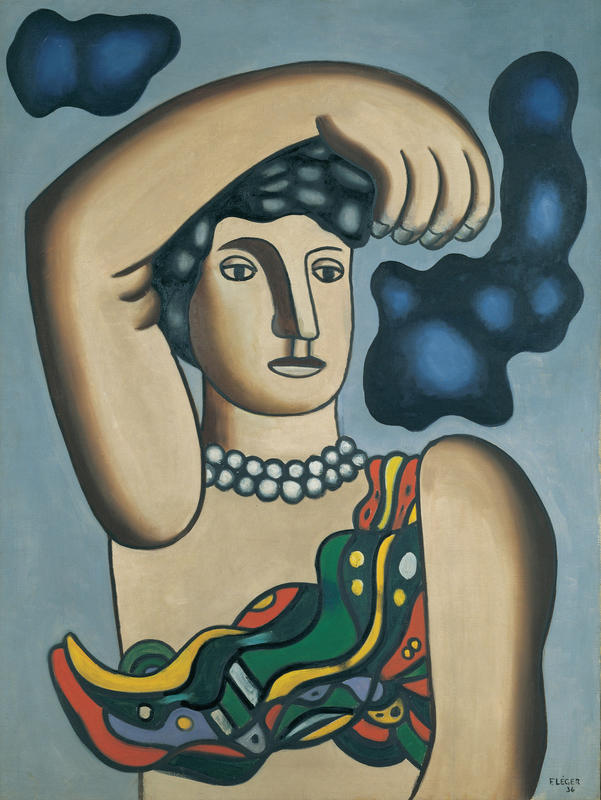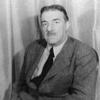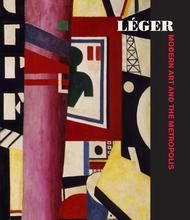More about Marie the Acrobat
- All
- Info
- Shop

Contributor
Marie the Acrobat by Fernand Léger may be the greatest acrobat in the entire world, but you'd never know it.
I mean come on, at least try to look like a gravity-defying super star. She’s giving no effort whatsoever. If this is what it takes to be an acrobat then I should have never been kicked out of gymnastics for lack of talent. Anyone can drape an arm over their head and call it a circus act. She doesn’t look like she could touch her toes, much less flip through the air on a trapeze.
But regardless of what I think, Léger was a huge circus fan, which may have had more to do with his desire for the world to go back to normal after World War I than anything. He created seven paintings for the Cirque Médrano in the Parisian enclave of Montmartre in an effort to forget all of the horrors of war and get back to normal life. This was not a new idea, of course. Artists like Degas, Renoir, Seurat, Lautrec, Picasso, and Chagall were all into painting circuses at one time or another. What else could you do before Netflix? Circuses were something that everyone, regardless of social standing, could enjoy.
At the time that this piece was made, the public called for art that was accessible to everyone and that represented society pretty literally. Léger was not about this. He believed that modern art was accessible to everyone but that the general public was never given the time to actually engage in it, which is why it felt closed off from them. They had to work and feed their families instead. So Léger found out what it was that the working class people did for fun, and painted that, which resulted in this highly underwhelming "acrobat."
Sources
- "‘Go To The Circus’: Fernand Léger And The Greatest Show On Earth | Christie's." Christies.com. N.p., 2015. Web. 18 Oct. 2018. https://www.christies.com/features/Triton-Leger-5793-1.aspx
- Kangaslahti, Kate. "Marie The Acrobat (Marie L´Acrobate) - Léger, Fernand." Bellasartes.gob.ar. Web. 18 Oct. 2018. https://www.bellasartes.gob.ar/en/the-collection-highlights/8883
- Riding, Alan. "From The Inside Out, An Artist In His Element." Nytimes.com. N.p., 1997. Web. 18 Oct. 2018. https://www.nytimes.com/1997/06/03/arts/from-the-inside-out-an-artist-i…












